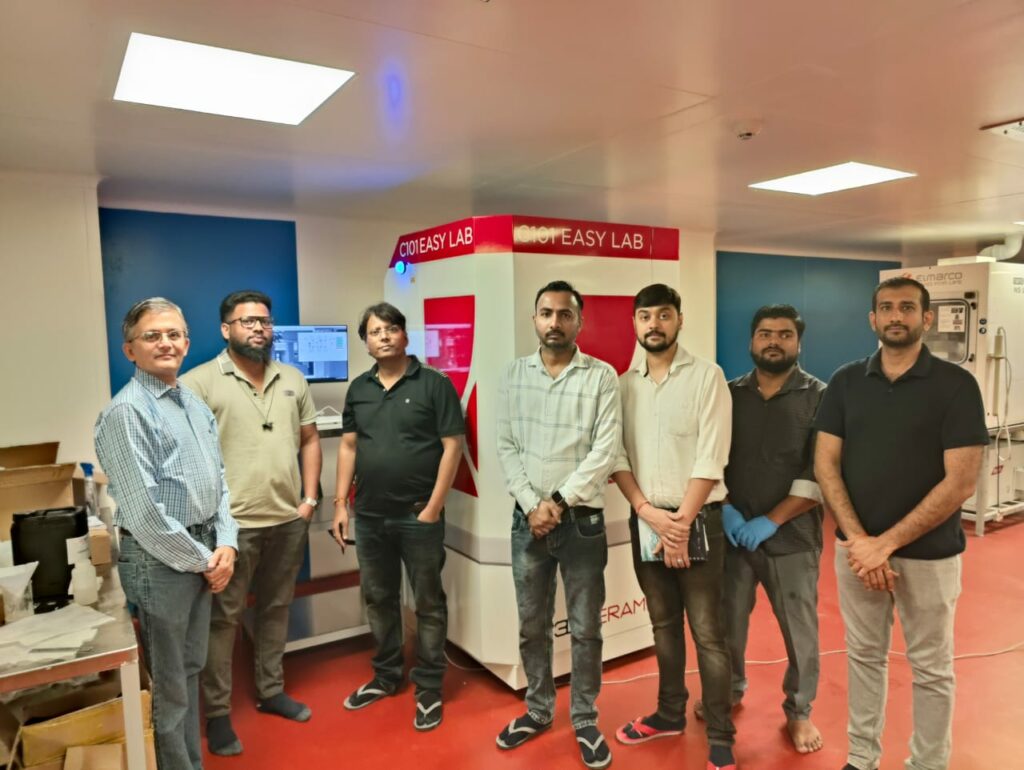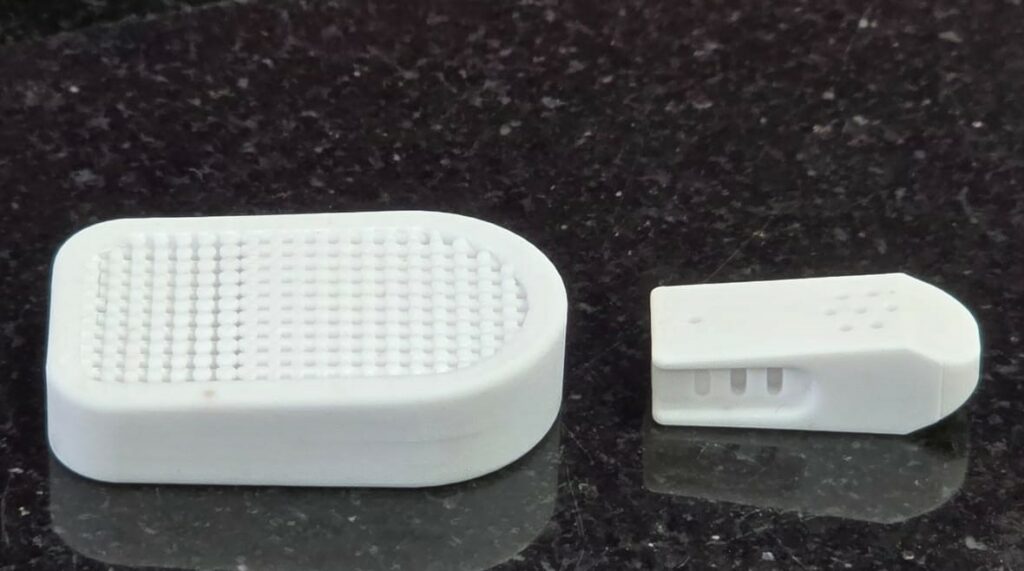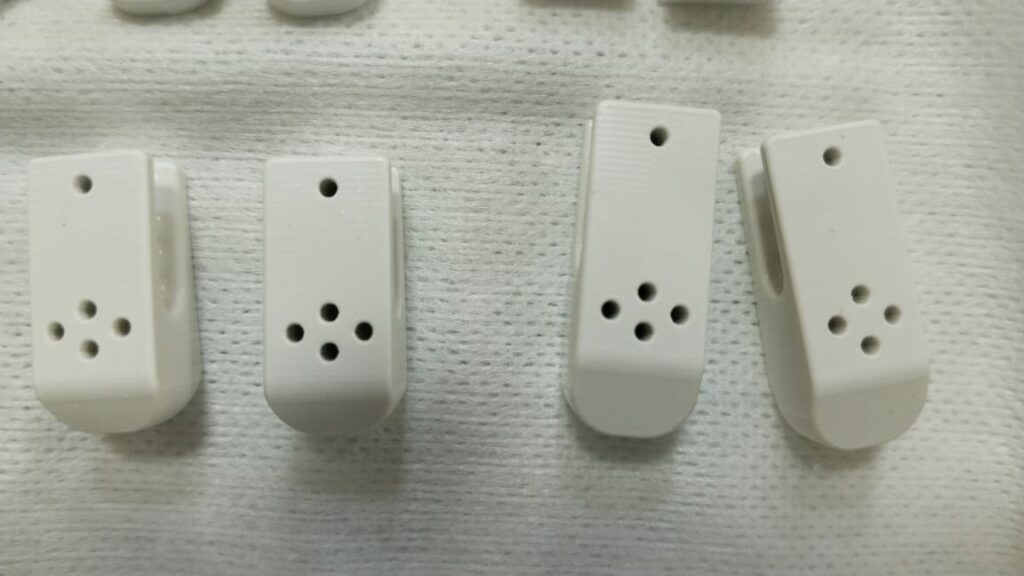In the rapidly evolving medical technology sector, the ability to move from R&D to industrial-scale production is a decisive competitive advantage. We spoke with G. Surgiwear Ltd., a leading company in the Indian medical and surgical field, about their journey with 3DCeram and the adoption of ceramic 3D printing.

Q: Could you tell us more about your company and your activities in the medical field?
A: We specialize in developing and manufacturing advanced solutions for the medical and surgical sector, including cranial implants, intervertebral cages, and a variety of bone substitutes. Our mission is to bring high-quality, biocompatible implants to market, combining innovation with patient safety.
Q: What led you to consider ceramic 3D printing?
A: For us, ceramic additive manufacturing is a strategic technology. It allows us to design complex geometries. We also see it as a bridge between research and full-scale production, which is a key part of our long-term vision.
“We see this as a long-term investment. The combination of medical expertise, open technology, and scalability gives us the confidence to innovate for the future.” G. Surgiwear Ltd., Chairman & Managing Director, Dr. GD Agrawal
Q: Why did you choose 3DCeram?
A: The choice was quite natural. We were impressed by 3DCeram’s 20 years of experience in the medical field and their clinical trials in collaboration with the CHU of Limoges. That heritage is rare and reassured us that we were investing not only in equipment, but in a partner with a biomedical expertise.
Another deciding factor was their top-down stereolithography technology, which ensures the level of detail and surface quality required for our market. Additionally, the software environment of their printers gives us the flexibility to optimize our process for future developments.
Q: How has your experience been with the technology so far?
A: We are currently in the R&D phase, using our 101 EASY FAB printer to produce prototypes and validate designs. The machine has been reliable, easy to use, and delivers excellent print quality. We also appreciate the technical support provided at the very beginning by SRT and 3DCeram, which has made the adoption smooth.
Q: What applications are you currently focusing on?
A: Our focus is primarily on custom medical implants, including cranial plates, spinal cages, and other orthopedic devices. We follow standard post-processing protocols — cleaning, debinding, sintering — and the quality control procedures to ensure the parts meet our medical-grade standards.
Q: What are your long-term objectives with ceramic 3D printing?
A: Our vision is to scale up from R&D to industrial production. We see 3DCeram’s technology as a key enabler for achieving that. With their expertise, the top-down technology, and proven results in the medical sector, we feel well-positioned to develop innovative solutions that will make a real difference for patients and surgeons on the Indian market.


Q: Any advice for other companies considering this technology?
A: Choose a partner who understands your industry. In our case, 3DCeram’s biomedical expertise and their ability to deliver both the tools and the know-how have been crucial. This is not just about printing parts — it’s about building a foundation for the future of medical manufacturing.